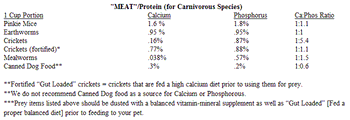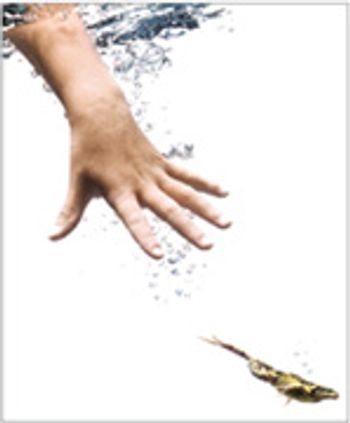
While the ferret is not considered to be a particularly exotic pet and in general its clinical medicine is very similar to feline clinical medicine, the interpretation of the ferret chemistry profile deserves special attention as there can be several pitfalls if ferret profiles are interpreted by comparing with cat or dog normal values.




